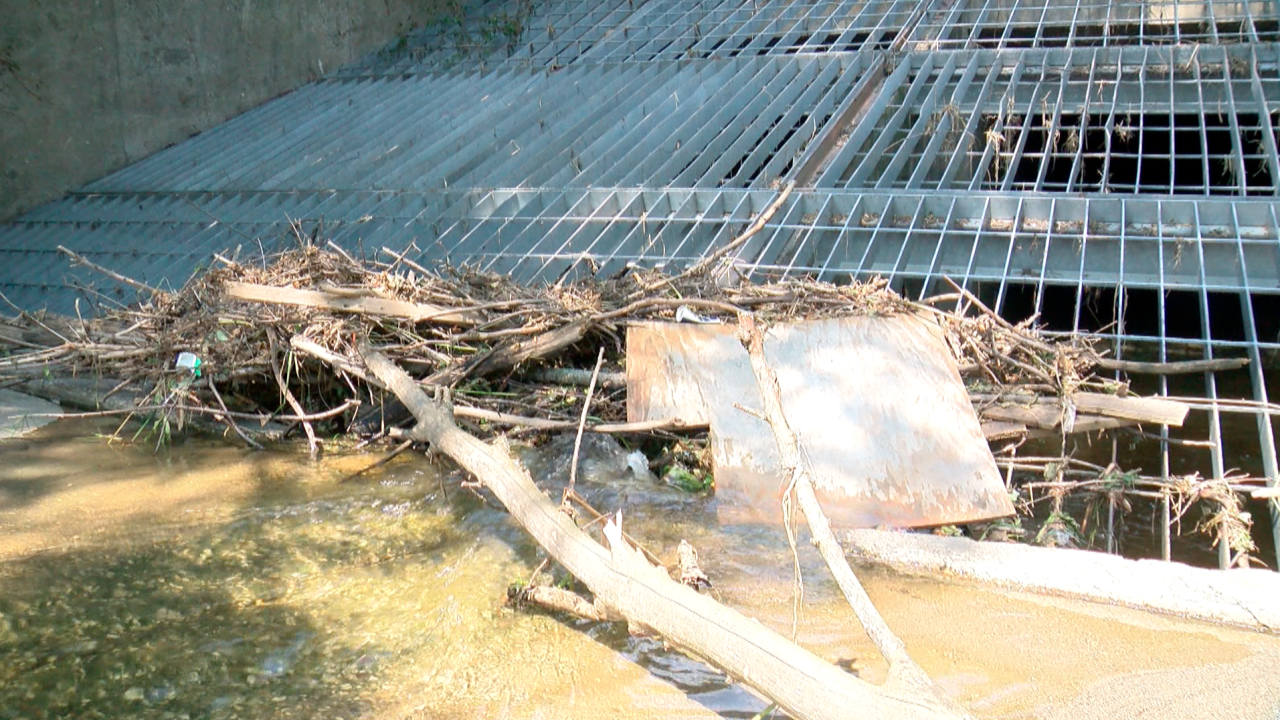Residents in West Allis are picking up the pieces after weekend flooding left streets piled with damaged belongings and some homes near collapse. The flooding has raised questions about how exactly Milwaukee Metropolitan Sewerage District's (MMSD) infrastructure works.
After hearing concerns from multiple homeowners, TMJ4 went to MMSD to learn about the deep tunnel system and how, if at all, it may have impacted flooding levels in the area.
Bill Graffin from MMSD explained how their system operates on a daily basis.
Water and sewage from residential and business lateral pipes travel to municipal pipes, then MMSD sewer pipes. Once sewer water levels rise, it starts to enter the deep tunnel system.
When the deep tunnels reach certain capacity levels, MMSD officials close the gates to the tunnels and reroute overflow water to rivers, creeks and lakes.
"The deep tunnel was not designed to handle flooding, it's to reduce sewer overflows," Graffin said.
For context, MMSD's deep tunnels can hold 521 million gallons of water on a given day, while treatment plants can carry another 300 million gallons.
"We can either clean or store about 1.1 billion gallons of water a day. The rainfall we just had was 35 billion gallons of water," Graffin said.
Watch: West Allis flooding victims question why homes were built over Honey Creek
The massive volume of rainwater meant the tunnels were forced to close quickly, and overflow to outside bodies of water started early Sunday morning.
Courtney White lives in West Allis. Her home suffered total loss from the floods.
"I mean my whole neighborhood is built over Honey Creek," White said.
Honey Creek is an active body of water that flows beneath dozens of homes in the area. During the weekend's heavy rainfall, trash grates over the creek became clogged, causing floodwaters to rise and inundate nearby properties.
"It should be considered a high risk flood zone but it's not," White said.
While Graffin couldn't say for certain how the floods specifically impacted Honey Creek, TMJ4 observed firsthand how blocked grates affected water flow in the area.
"Once that trash rack gets covered with twigs and debris and plastic bottles and garbage, the water can't get in there, then it's going to go around, over the land," Graffin said.
He acknowledged the challenges of the current infrastructure: "That creates some problems. That decision to put that creek underground through that concrete channel was made long ago and now we're dealing with it."
Neighbors are now calling for changes to Honey Creek to prevent future disasters in that area.
"This should never happen to us again because our community is suffering. We don't need to suffer any more," White said.
It’s about time to watch on your time. Stream local news and weather 24/7 by searching for “TMJ4” on your device.
Available for download on Roku, Apple TV, Amazon Fire TV, and more.





